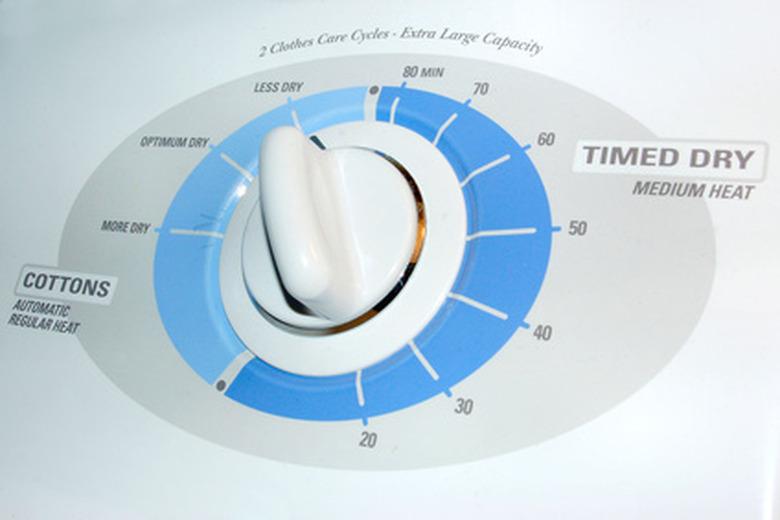Toxic Dryer Exhaust
Little thought is given to the exhaust a clothes dryer vents to the outside of the house. Most people think that it's just steam and water vapor being pulled from the wet clothes. This is partially true. However, there are a lot more chemicals in the exhaust of a dryer than most people think and many of them are toxic if exposed to often enough. A dryer produces the exhaust it vents in part from the drying clothes but it is important to remember that it is also a machine with a running engine.
Dryer Ventilation
Dryer Ventilation
Proper ventilation from the dryer to outside is important to prevent causing excess moisture from collecting in the house from the steam and water vapor that is pulled from the clothes. However, much more than just clean water vapor is in the exhaust of a dryer. The ventilation hose should be inspected at least two or three times a year to ensure it is still properly attached to the dryer and the outside vent. Take care to ensure no blockage of lint or other debris has been allowed to build up in the vent hose.
Carbon Monoxide
Carbon Monoxide
Carbon monoxide is a gas that is present in dryer exhaust and one that most people are aware of the potential danger. There is no odor to carbon monoxide and the level required to be harmful depends on the size of the person breathing the fumes. A child would succumb to the effects of carbon monoxide much more quickly than an adult. If a child's bedroom is close to the laundry room, it is vital to ensure the dryer vent is functioning properly.
Fabric Softener Toxins
Fabric Softener Toxins
Dryer sheets and fabric softener balls are commonplace. They are supposed to reduce static and keep our clothes feeling soft and smelling good. However, these pleasures don't come without a price. Dryer exhaust from dryers that have been running with a dryer sheet or other type of fabric softener has shown to contain several toxic fumes such as benzyl acetate, which is a carcinogenic that is linked to pancreatic cancer. Bensyl alcohol has been found in dryer exhaust and exposure to it will cause headache, nausea, vomiting, dizziness and a drop in blood pressure which could lead to fainting. Several chemicals that have been classified on the EPA's hazardous waste list have also been found in dryer exhaust.
Heating with Dryer Exhaust
Heating with Dryer Exhaust
Some people use the exhaust from the dryer as an easy and affordable way to heat a part of the house. However, this can be very dangerous even if it is just out to the garage. The reason this is a dangerous practice is because the toxic fumes become trapped in the home and can begin to build and collect in furniture and clothing. As chemicals become more concentrated, the exposure to them becomes greater.
Maintenance
Maintenance
The dryer vent should be monitored regularly to ensure it is open and able to work properly. If symptoms of dizziness, headache or nausea are making a routine appearance on laundry day, it is probably time to check the dryer hose and make sure it is venting correctly to the outside. Purchase a dryer vent brush and clean out any excess lint that could be blocking the vent. It takes very little lint buildup to cause a problem. If symptoms persistent, seek medical attention and stop using dryer sheets or fabric softener until a diagnosis is found that rules out the chemicals in these products as the cause of the symptoms.
